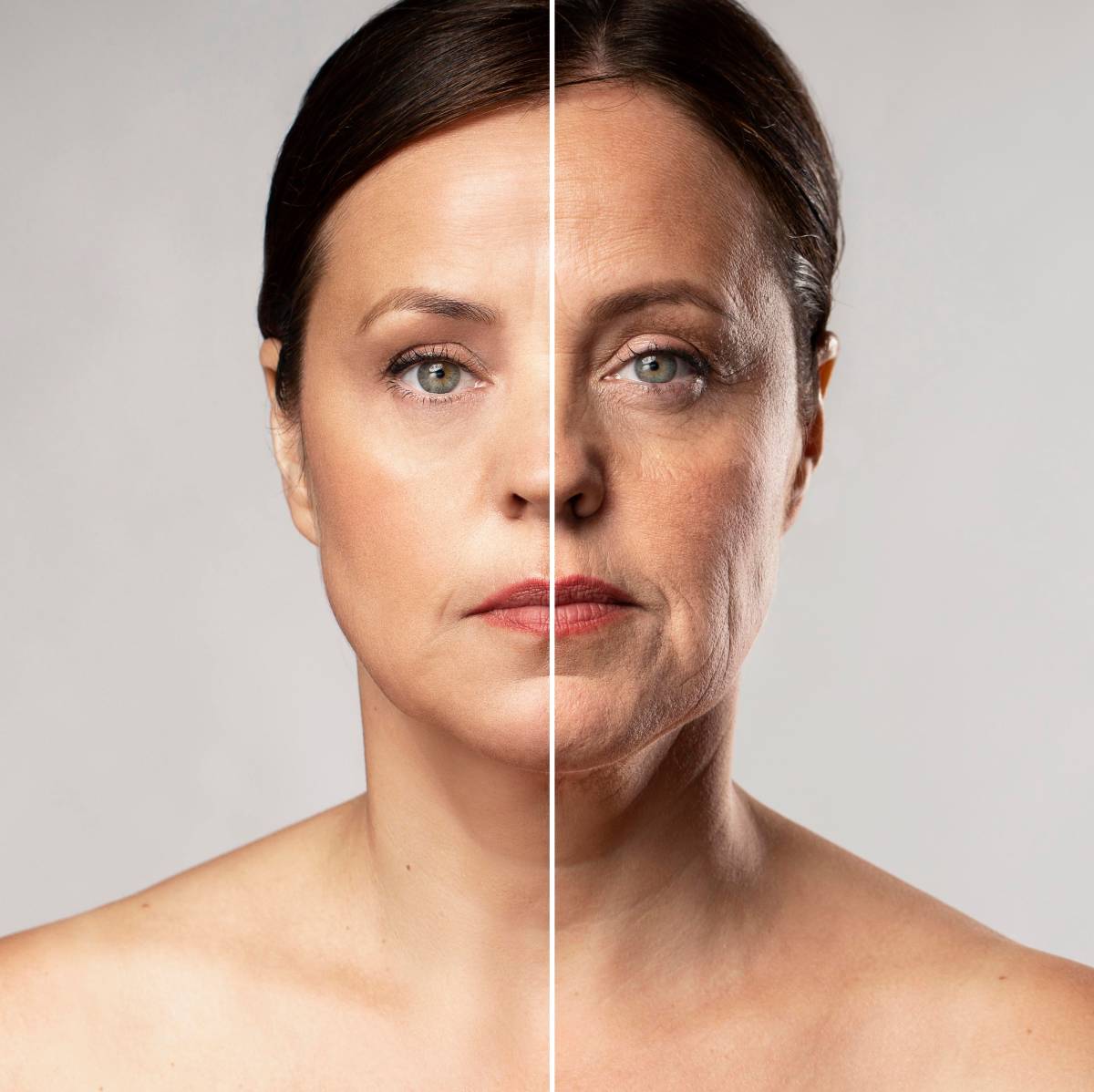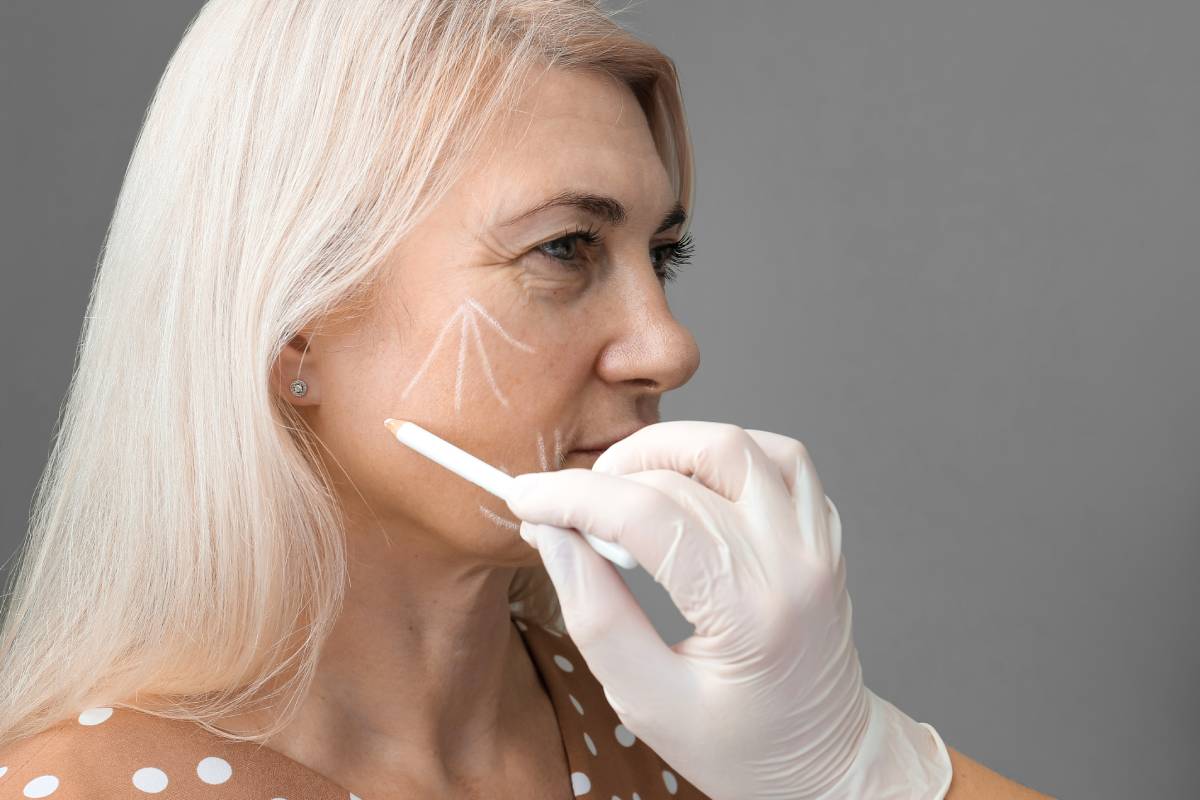Amazing New Face Blog

Filler Facelifts: What to Expect Before, During, and After Treatment
In today’s beauty landscape, more people are embracing non-surgical ways to maintain a youthful, lifted look. That’s where filler facelifts come in. Unlike traditional facelifts, which require surgery, downtime, and significant healing, filler facelifts offer a non-invasive solution with immediate results and minimal disruption to your routine.
These treatments are growing in popularity for good reason: they’re faster, more affordable, and still incredibly effective at restoring volume and contour to the face. Whether you're noticing early signs of aging or simply want to freshen up your appearance, a filler facelift can help you feel more confident and rejuvenated.
In this guide, you’ll learn:
- What a filler facelift is and how it works
- How to prepare for your appointment
- What happens during the procedure
- What recovery looks like and how to care for your skin afterward
- Realistic results and timelines
- Frequently asked questions about safety, results, and risks
Let’s start by understanding what exactly a filler facelift is and how it differs from the surgical route.
What Is a Filler Facelift?
A filler facelift, also called a “liquid facelift,” is a non-surgical cosmetic procedure that uses injectable dermal fillers to add volume, reduce wrinkles, and create a more lifted, youthful appearance. Unlike a traditional facelift that tightens the skin through surgery, this treatment uses strategically placed fillers to sculpt and lift the face.
Key goals of a filler facelift:
- Restore lost volume in the cheeks, temples, and under-eyes
- Smooth out smile lines (nasolabial folds) and marionette lines
- Lift the jawline and reduce jowls
- Enhance facial harmony without looking “overdone”
Common dermal fillers used include:
- Hyaluronic acid-based fillers (like Juvederm, Restylane): Great for plumping and hydration
- Calcium hydroxylapatite (like Radiesse): Best for deeper wrinkles and volume
- Poly-L-lactic acid (like Sculptra): Stimulates collagen over time
Ready for a treatment plan designed just for you? At Amazing New Face, we tailor every filler facelift to your unique facial structure, aging concerns, and aesthetic goals. Book your personalized consultation today!
What to Do Before Your Filler Facelift Appointment
Preparing properly can reduce your risk of bruising and improve your overall results. Here’s what to keep in mind in the days and weeks before your appointment:
1–2 Weeks Before:
- Avoid blood-thinning supplements and medications: These include aspirin, ibuprofen, fish oil, vitamin E, and ginkgo biloba. Always check with your doctor first.
- No alcohol: Alcohol increases the likelihood of bruising and swelling.
- Stay hydrated: Drink plenty of water to help your skin stay supple.
1–2 Days Before:
- Minimize salty and processed foods to reduce water retention.
- Skip heavy workouts to avoid increased blood pressure and bruising.
- Avoid waxing or facial treatments, especially in sensitive areas.
The Day of Treatment:
- Come with a clean face: No makeup, lotions, or creams.
- Eat a light meal beforehand to avoid feeling lightheaded.
- Wear comfortable clothes: You’ll be in a reclined chair for a short time.
Your injector will review your goals, assess your facial anatomy, and take photos for before-and-after comparisons. You’ll also sign a consent form and discuss risks.

What Happens During the Filler Facelift Procedure
This is the part most people are nervous about—but once you know what to expect, it’s much easier to relax.
Here’s what typically happens:
-
Consultation and Mapping
Your provider will go over your goals, then use a mirror and their fingers to gently identify where volume loss has occurred. They may use a marking pencil to plan out the injection points.
-
Numbing
Most fillers already contain lidocaine (a numbing agent), but a topical numbing cream is also applied to reduce discomfort further. It takes about 10–15 minutes to kick in.
-
Injection Time
Using a fine needle or cannula, your provider will inject the filler in targeted areas. You may feel a bit of pressure or a “pinch,” but it’s usually very tolerable.
Treatment areas might include:
- Cheeks for volume and lift
- Temples to fill hollows
- Tear troughs to reduce tired-looking eyes
- Jawline for definition
- Nasolabial folds to smooth smile lines
- Marionette lines for a more lifted mouth
-
Massage and Shaping
Once the filler is placed, your provider will gently mold it with their hands to ensure even distribution and a natural result.
-
Quick Check and Post-Treatment Care
You’ll be handed a mirror for an initial look, and your provider will review aftercare instructions before you leave.
Total treatment time: about 30 to 60 minutes.
What to Expect After a Filler Facelift
You’re done! So, what now?
Right after your treatment, you’ll likely notice an immediate difference in volume and contour. But mild swelling and bruising are normal. Here’s what else to expect:
Common Immediate Reactions:
- Redness at the injection site
- Mild swelling (usually fades within 48–72 hours)
- Light bruising (can last 5–7 days)
- Tenderness when touching the area
Post-Treatment Tips:
- Avoid touching or massaging your face unless your injector instructs otherwise.
- No strenuous exercise or alcohol for 24 hours.
- Sleep with your head elevated for the first night.
- Avoid saunas, hot tubs, and steam rooms for 48 hours.
- Use gentle skincare—no acids or retinols for 2–3 days.
Most people return to work or daily activities the same day or the next. Any signs of filler settling or refinement typically happen within 1–2 weeks.
How Long Does a Filler Facelift Last?
One of the biggest questions you probably have is, “How long will this last?”
The answer depends on a few factors:
-
Type of Filler Used:
- Hyaluronic acid fillers (Juvederm, Restylane): Typically, last 6 to 18 months
- Calcium hydroxylapatite (Radiesse): Lasts about 12 to 18 months
- Poly-L-lactic acid (Sculptra): Results improve over time and can last 2+ years
-
Your Metabolism and Lifestyle:
- People with fast metabolisms tend to break down fillers faster.
- Smoking, excessive sun exposure, and stress can shorten results.
- Regular maintenance and skincare routines can help prolong effects.
-
Injection Technique and Area:
- Fillers in high-movement areas (like around the mouth) may fade quicker.
- Strategic placement by a skilled injector can extend the results’ longevity.
Most people book touch-ups every 6 to 12 months to maintain their desired look. Over time, many notice they need fewer syringes or less frequent treatments.
Benefits of Choosing a Non-Surgical Facelift
If you’re still weighing your options between a surgical facelift and fillers, here’s why many people are going the non-surgical route.
-
No Surgery or Scars
There’s no cutting, stitching, or anesthesia. That means no scars, no long recovery, and no need to take weeks off work.
-
Immediate Results
You’ll walk out of your appointment looking more refreshed, with visible improvement right away. While some swelling is normal, the overall lift is instant.
-
Lower Cost
Traditional facelifts can cost between $10,000 and $20,000+, while filler facelifts are often a fraction of the price depending on how much product is used.
-
Customizable and Reversible
You can build your look over time or make subtle changes. Plus, hyaluronic acid fillers can be dissolved if you’re unhappy with the results.
-
Natural-Looking Enhancement
When done by a skilled injector, the outcome isn’t “fake” or frozen. Instead, you’ll look like you, only more lifted and vibrant.
Risks and Side Effects of Filler Facelifts
Although filler facelifts are generally safe, there are still risks—especially if performed by an untrained or inexperienced provider.
Common and Temporary Side Effects:
- Swelling
- Bruising
- Redness or tenderness at injection sites
- Mild asymmetry (usually resolves as filler settles)
Less Common but Serious Risks:
- Lumps or nodules: Can occur if filler is incorrectly placed or overdone.
- Tyndall effect: A bluish tint under the skin from shallow filler placement.
- Vascular occlusion: A rare but serious issue where filler blocks blood flow, potentially causing tissue damage. Requires urgent attention.
How to Minimize Risks:
- Always choose a licensed and experienced provider, ideally with medical credentials and a strong portfolio of before-and-after results.
- Don’t shop by price—cheap treatments can cost you more in corrections.
- Follow all pre- and post-care instructions carefully.
If something feels off after your treatment (pain, discoloration, severe swelling), call your provider immediately. Most issues are treatable if caught early.
FAQ – Your Top Filler Facelift Questions Answered
Q1: Am I a good candidate for a filler facelift?
You likely are if you have mild to moderate volume loss, early signs of sagging, or want to avoid surgery. It's not ideal for very loose skin—those cases may benefit more from a surgical option.
Q2: How many syringes will I need?
It depends on your age, skin laxity, and goals. A full-face refresh may require 4 to 8 syringes. Your provider will customize this during your consultation.
Q3: Can I combine a filler facelift with Botox?
Absolutely. Botox can relax wrinkles (like frown lines or crow’s feet), while fillers restore volume. Many people choose both for a complete non-surgical makeover.
Q4: Will I look “overfilled” or fake?
Not if you’re in good hands. A skilled injector focuses on natural results—the goal is to enhance, not change your face.
Q5: How soon can I wear makeup after the procedure?
Most providers recommend waiting at least 24 hours. Be gentle and use clean brushes to avoid irritation or infection.
Q6: Is there an age that’s “too young” or “too old” for this?
People in their 30s and 40s often seek filler facelifts to delay signs of aging, while those in their 50s or 60s use them to restore volume. There’s no perfect age—just the right timing for you.
Conclusion – Your Next Steps Toward a More Lifted, Refreshed Look
A filler facelift can be a game-changer. Whether you’re looking to soften wrinkles, redefine your jawline, or simply feel more confident in your skin, this non-surgical option offers powerful results without the pain, downtime, or commitment of surgery.
Let’s recap what you’ve learned:
- A filler facelift uses injectable dermal fillers to restore volume, lift, and contour.
- The process is quick, relatively painless, and tailored to your unique face.
- You can return to your routine almost immediately—with some minor aftercare.
- Results last from 6 to 24 months, depending on the filler and your lifestyle.
- Choosing a skilled provider is key to safe, natural-looking results.
Why Choose Amazing New Face?
Seeking a highly skilled professional for your aesthetic needs? With over 20 years of experience, I specialize in Botox, fillers, PRP, and mesotherapy, delivering natural, beautiful results customized to your unique features.
As a graduate of Tehran University of Medical Sciences and a former specialist at Iran’s top beauty clinic, I bring expertise and precision to every treatment. Your safety, confidence, and satisfaction are my top priorities.
Ready to enhance your beauty? Book your consultation today and experience expert care designed just for you!
